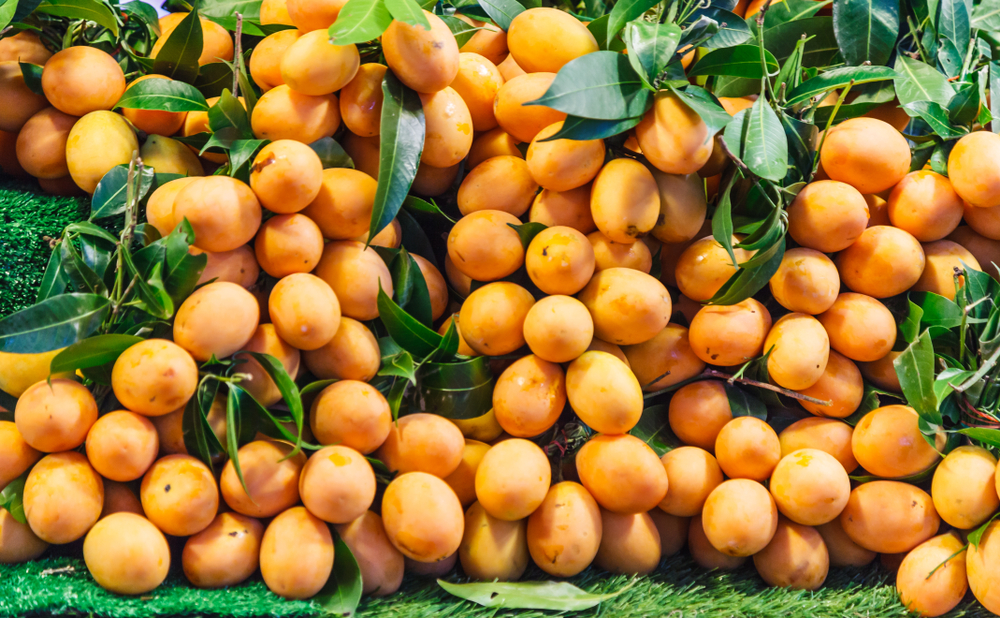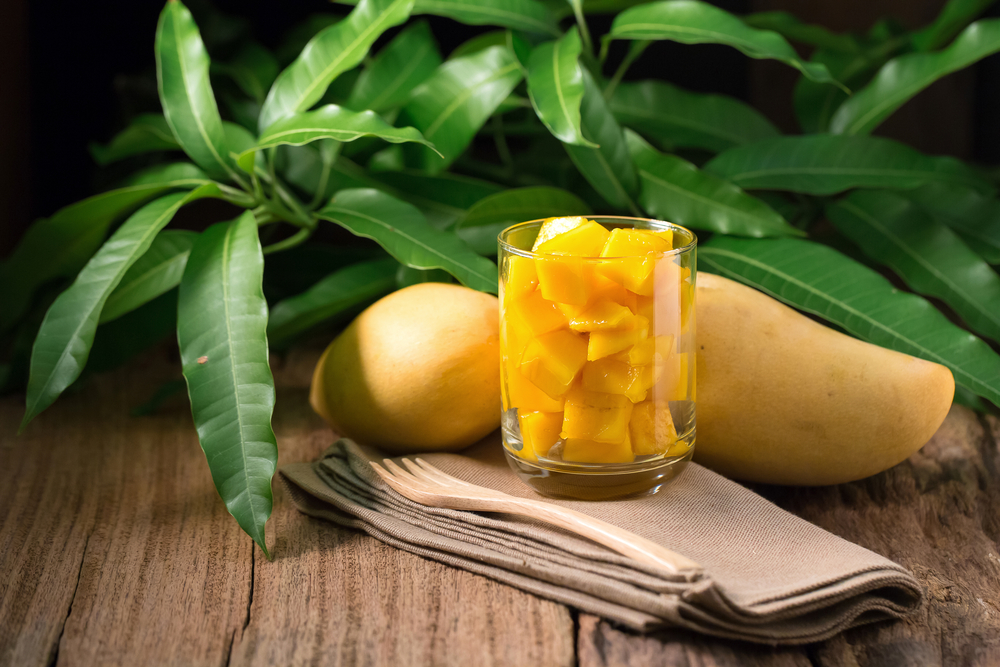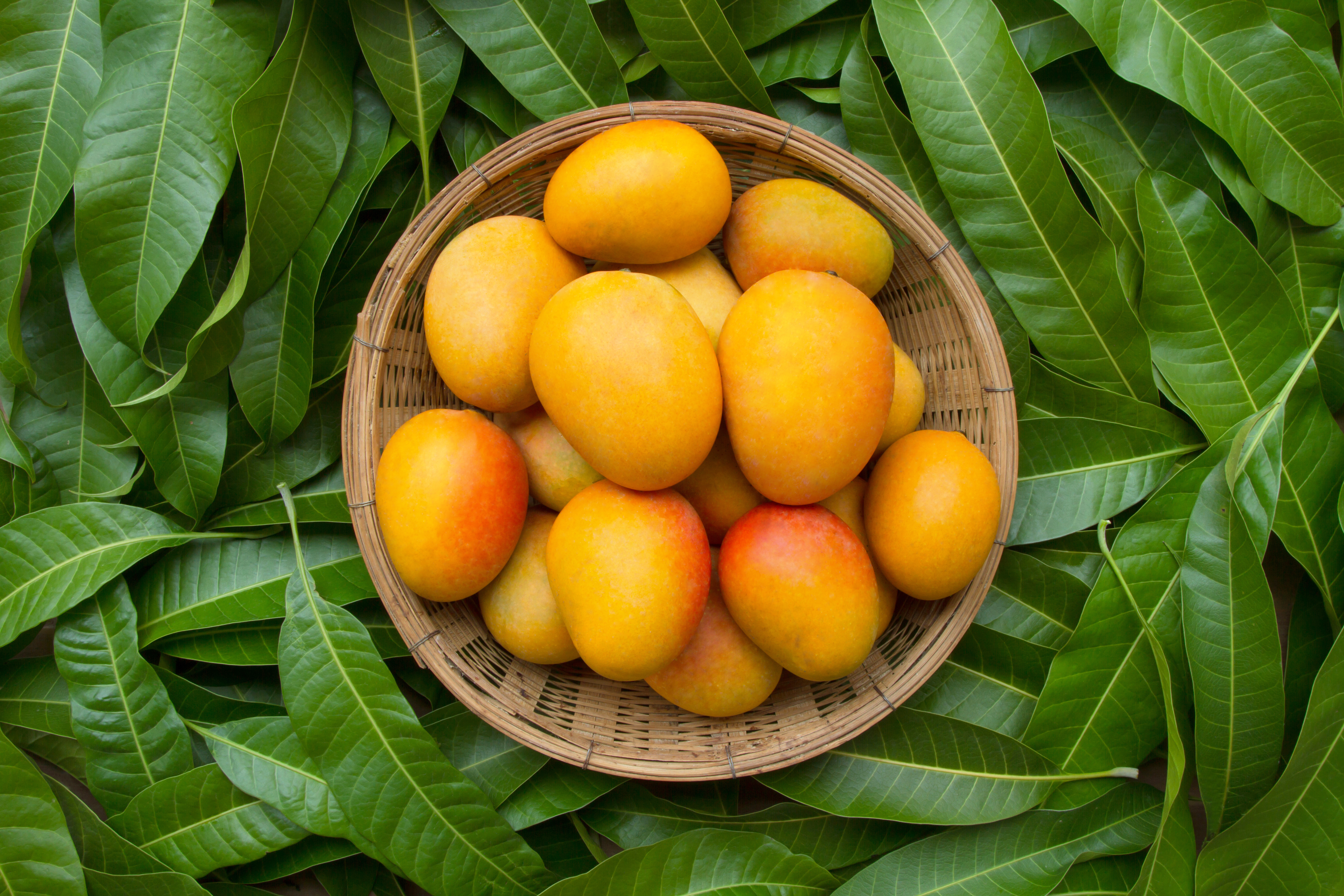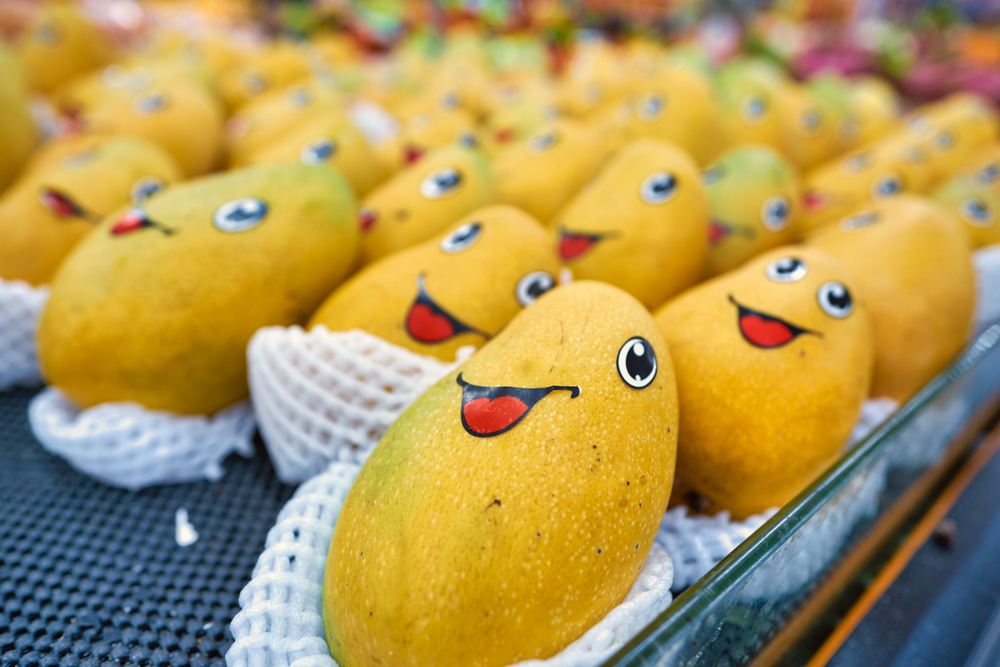Hurray, tropical lovers. The good news is here. It’s mango season!
And there’s plenty to do with cheap mangoes almost everywhere you turn. But how do you choose the perfect mango that’s ready for consumption?
With discount fruit barns selling ten grade 1 KP mangoes by the crate for as cheap as $15, the next question is how do you store mangoes to keep fresher for longer in the fridge?
Read on to find out now.
How do you ripen mangoes?

If your mangoes are still green and are hard to the touch, you’ll need to ripen them more. Store them away from the sun at room temperature which is between 18 degrees Celsius to 22 degrees Celsius.
Paper bags have been known to help ripen mangoes quicker too.
When a mango is ripe, you can store it in the fridge to chill it. It is important to note that mangoes will not ripen in the fridge so don’t be too much of an eager beaver and waste a good mango.
How to choose the perfect mango

The weight of a mango is a huge telling sign of how good a mango is.
One that feels heavy for its size will do wonders in offering juicy bites.
The shape of a mango also helps you find the perfect one. Go for a plump, fat mango that isn’t flat as a flat one could be stringy.
Next, use your sense of smell and breathe in the fruity aromas of the mango as you hold it near your nose. The sweeter the smell, the more flavorful your mango will be.
Remember, with mangoes, looks can be deceiving, which means you shouldn’t judge it by its colour but by its feeling. Some mangoes, such as Kensington Pride variations, will turn red, which is a good indicator of ripeness.
Other indicators include slight give ins of the skin when pressed gently. Don’t be put off by blemishes on the skin of the mango as these usually are only skin deep.
Ripe mangoes have yielding flesh that isn’t mushy. If you cut open your mango and it’s looking a bit mushy, it’s overripe.
How to store a mango the right way
Once your mango is ripe and ready to be eaten, it’s time to prepare it.
First, you’ll need to wash it thoroughly to get any dirt off the skin. Using a sodium bicarbonate solution can help remove any unwanted germs and bacteria.
Next, peel the mango skin using a vegetable peeler and discard the skin into your compost bin.
To cut the mango, use a clean, sharp knife that isn’t serrated and preferably is stainless steel. Once you have cut out mango cubes, it’s time to store it in the fridge.
The best way to store a mango to keep fresher for longer is to use fresh and crisp fruit bags designed to keep air and moisture out of the bag. By doing so, you extend the life of the mango beyond its typical span of five days.
And voila! Whenever you’re ready to enjoy your mango, just pop it out the fresh and crisp bag and bon appetit!


